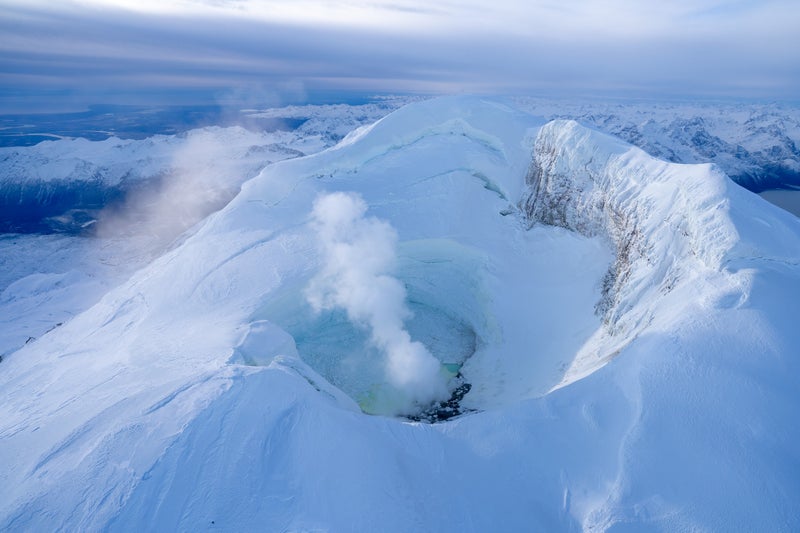Yellowstone supervolcano’s last eruption covered most of what is now the USA in volcanic ash and lava that flowed for hundreds of kilometres. It left a 70 by 45 kilometre-wide crater with geysers spewing jets of water that’s sometimes hotter than boiling point.

That was 640,000 years ago. Since then, it’s become home to wolves, bears, elk, 150 species of bird like the bald eagle, and the last free herds of American bison. With major eruptions estimated to occur every 700,000 years, scientists are wondering whether Yellowstone will soon blow again.
![[Could Yellowstone supervolcano be about to erupt?]](https://metro.co.uk/wp-content/uploads/2025/01/SEI_234961883-9077.jpg?quality=90&strip=all&w=646)
Despite the tranquility of the 8,900 square kilometre national park’s rivers, canyons, forests and ice-capped mountains, volcanic activity is stirring. As many as 3,000 earthquakes each year rock Yellowstone, where vast chambers of magma – molten rock – lie between 4km and 47km beneath the surface.
![[YELLOWSTONE NATIONAL PARK, WYOMING - OCTOBER 09: A view of a geyser eruption on October 9, 2024 in Yellowstone National Park, Wyoming. (Photo by Qian Weizhong/VCG via Getty Images)]](https://metro.co.uk/wp-content/uploads/2025/01/SEI_234957313-8eeb.jpg?quality=90&strip=all&w=646)
Up to 489 cubic kilometres of the stuff is close to the Earth’s surface. In some places, its pressure it pushing the Earth up. One type is basalt magma, a dense but highly mobile form of molten rock that rises up from the mantle deep blow. Another is the thicker, slower rhyolite melt, associated with explosive eruptions, of which there is about 440 square kilometres.
![[YELLOWSTONE NATIONAL PARK, WYOMING - OCTOBER 10: Tourists gather to watch Old Faithful geyser erupt on October 10, 2024 in Yellowstone National Park, Wyoming. (Photo by Qian Weizhong/VCG via Getty Images)]](https://metro.co.uk/wp-content/uploads/2025/01/SEI_234957319-e332.jpg?quality=90&strip=all&w=646)
That’s ‘an estimated melt volume that is one to four times greater than the eruptive volume of the largest past caldera-forming eruption’, a new United States Geological Survey (USGS) noted. But the subterranean reservoirs are scattered, and they’re far less full as previously imagined.






















